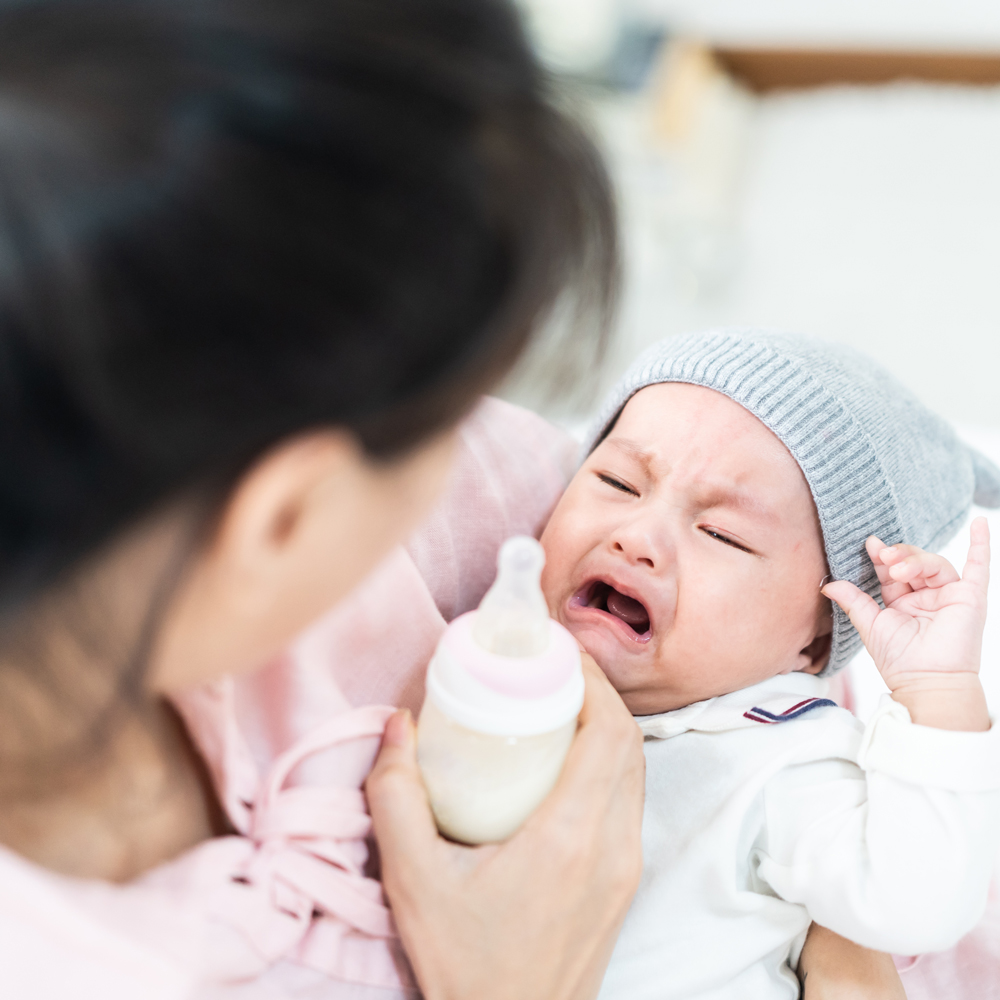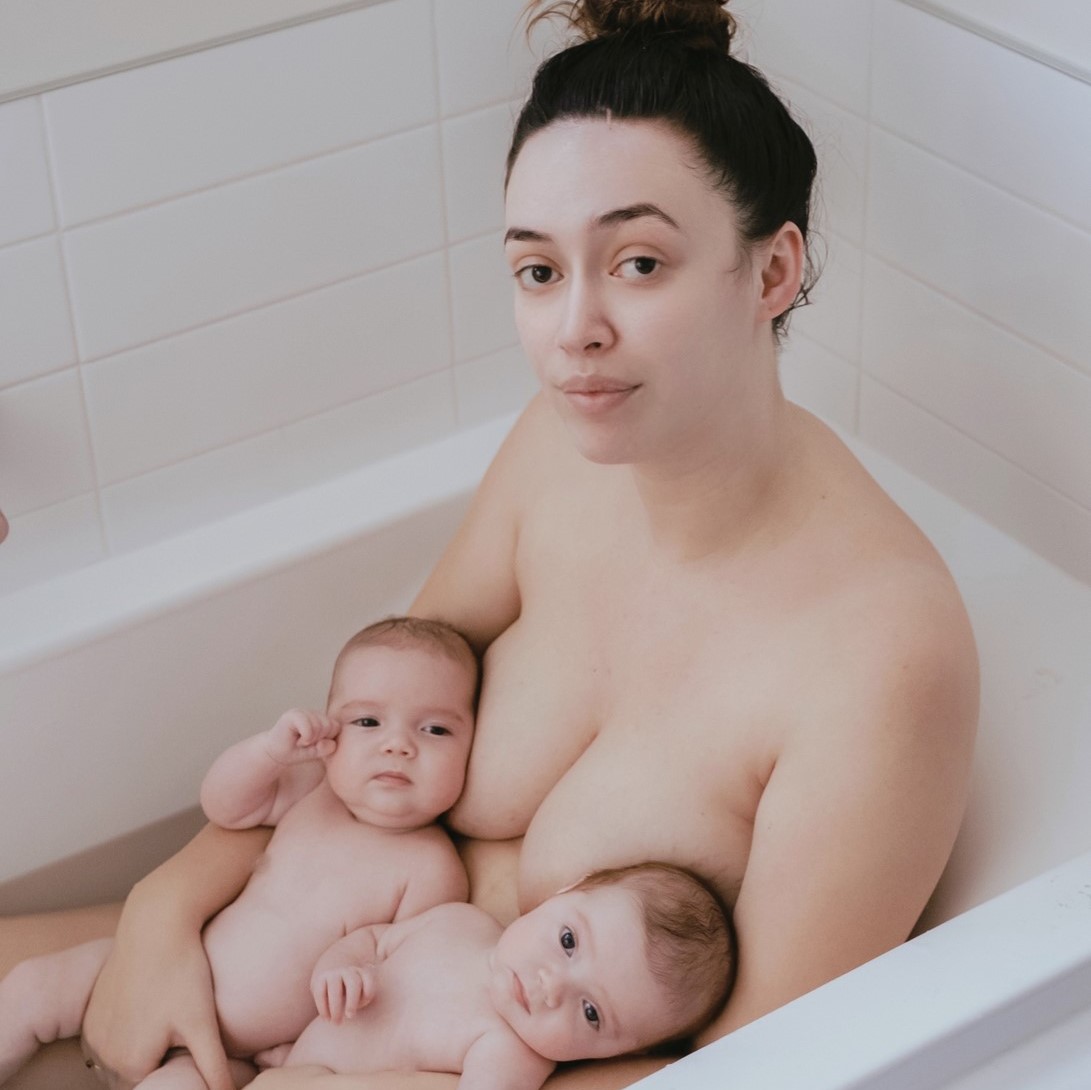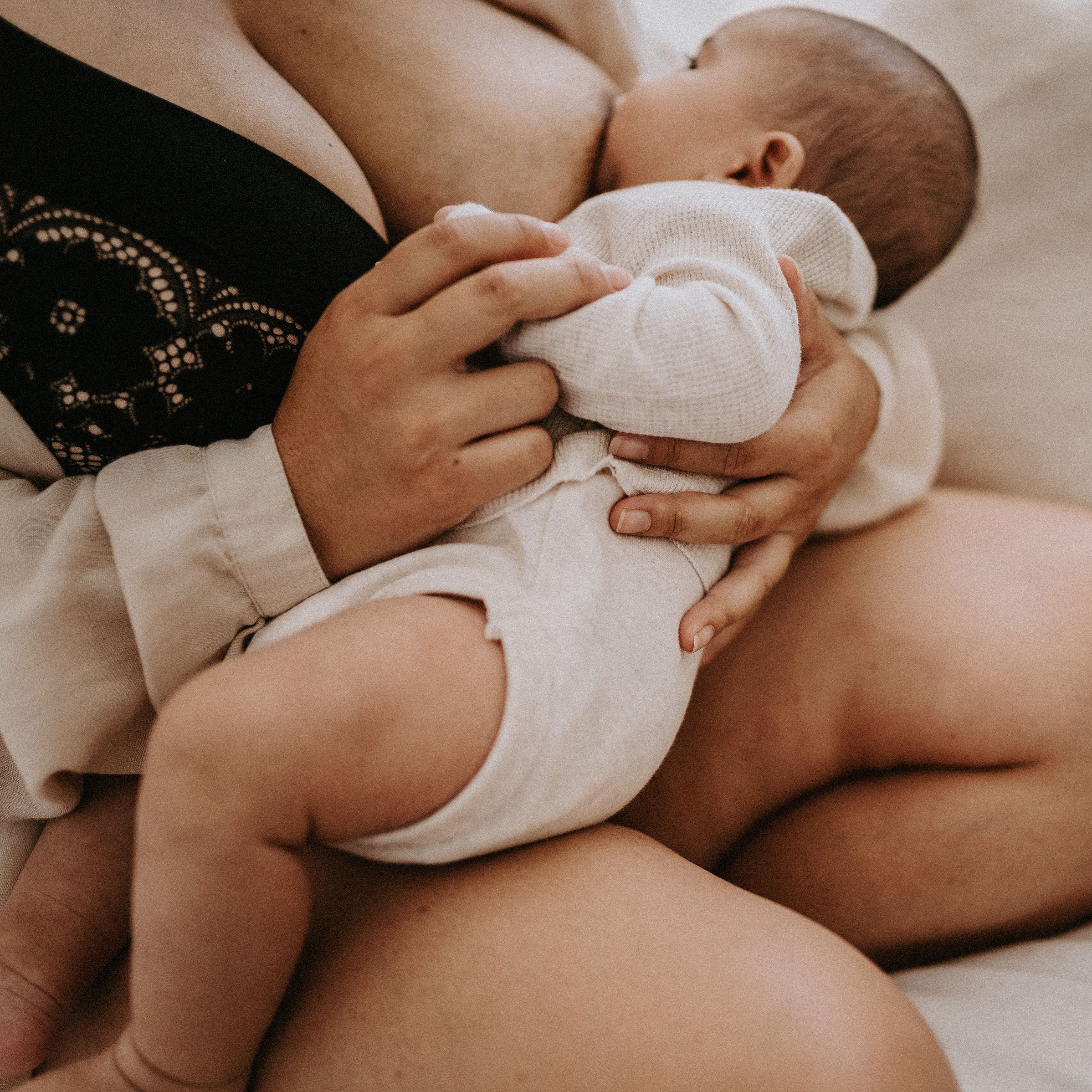How to Store, Thaw and Warm Expressed Breast Milk
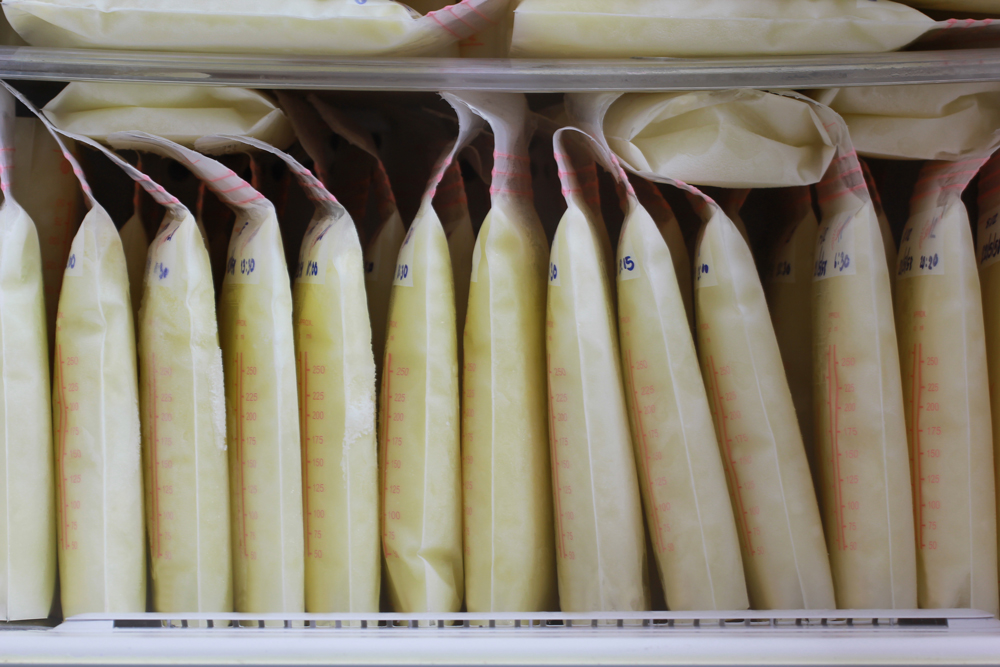
A step-by-step how to for safely store expressed breast milk and how to reheat it again for your pēpi to have.
Whether you’re exclusively pumping for your baby or only expressing occasionally, it’s important to store your breast milk safely to optimise the preservation of the many incredible nutritional and immunological components of breast milk and to prevent contamination. You should also follow the recommendations for how to warm expressed breast milk to maintain the beneficial properties and ensure it’s not too hot for your baby to drink.
Before expressing, thoroughly wash your hands with warm soapy water and sterilise your pumping equipment. It’s best to use a clean, closed plastic container for storage – this will also need to be sterile. You can also use breast milk storage bags, most brands should be pre-sterilised for ease of use but always check the packaging to be sure. You’ll need to label your storage container with the date and time it was collected.
STORAGE TIMES
Guidelines for storing expressed breast milk from the Ministry of Healthy Eating Guidelines for New Zealand Babies and Toddlers (0-2 years old)
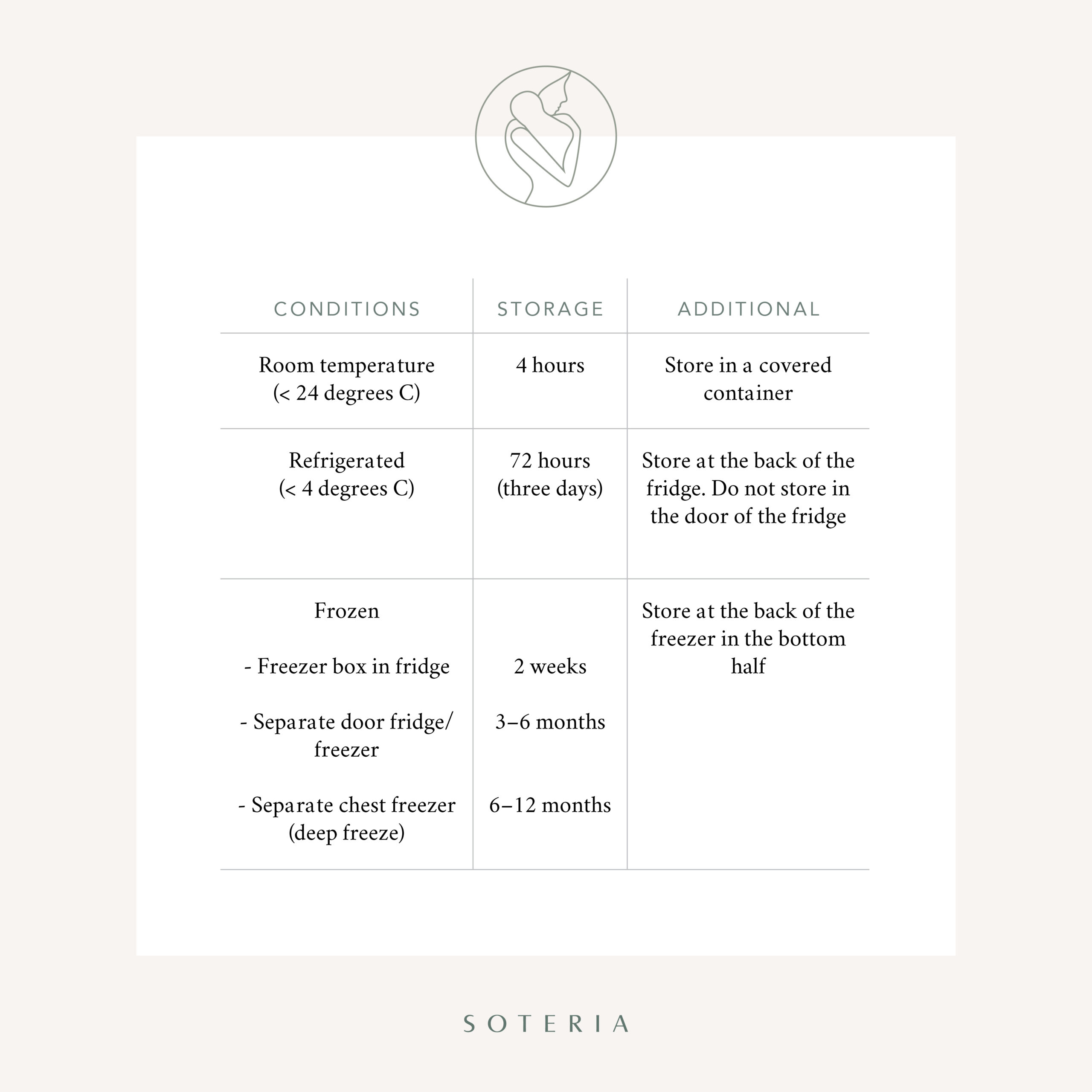
THAWING FROZEN BREAST MILK
Always thaw the oldest breast milk first, checking it’s still safe to use according to the storage times, above.
To thaw your frozen breast milk, it’s best to allow it to defrost in the fridge on its own for several hours or hold the container under cold running water.
Once thawed, you can use the breast milk right away. Alternatively, you can store the thawed breast milk (provided it is not warmed) at room temperature (26ºC or lower) for four hours or less – until your baby’s next feed – or keep it in the fridge for up to 24 hours at the back where it’s coldest.
Note: Do not refreeze breast milk that has been previously frozen.
WARMING EXPRESSED BREAST MILK
To safely warm breast milk, it’s recommended to stand the container in warm water to bring it to a lukewarm or body temperature.
As breast milk isn’t homogenised, it will separate so you can gently swirl it to mix the fat portion back in and ensure it’s evenly heated.
Before feeding it to your baby, check the temperature of the milk by testing a few drops on the inside of your wrist – if it feels comfortably warm, it’s safe to give to your baby.
If your baby doesn’t finish all of the feed, you can’t save it for another feed, it needs to be thrown away.
